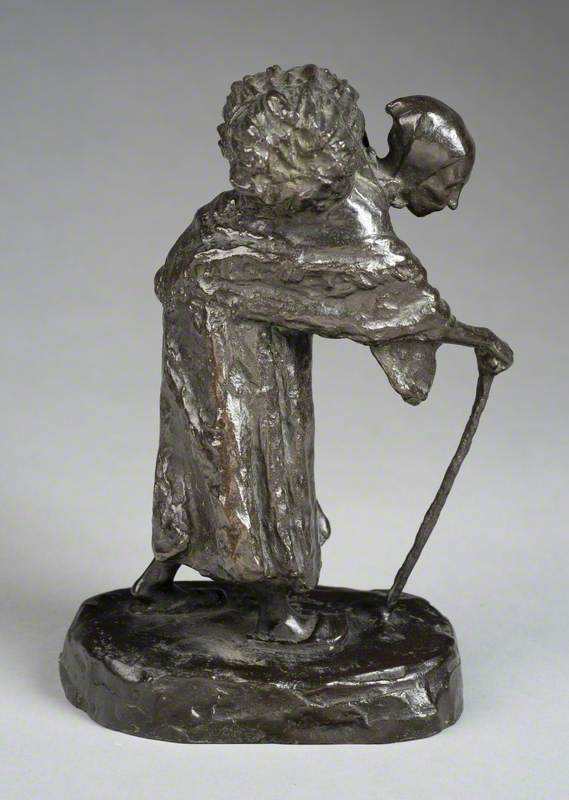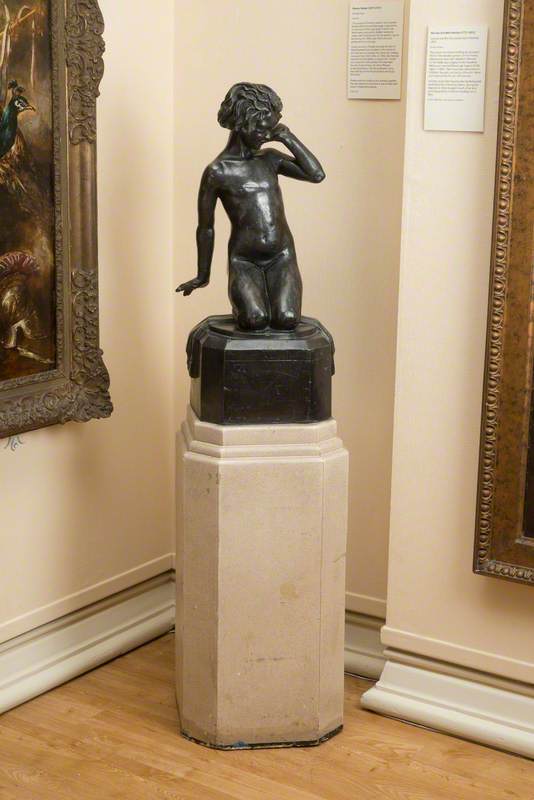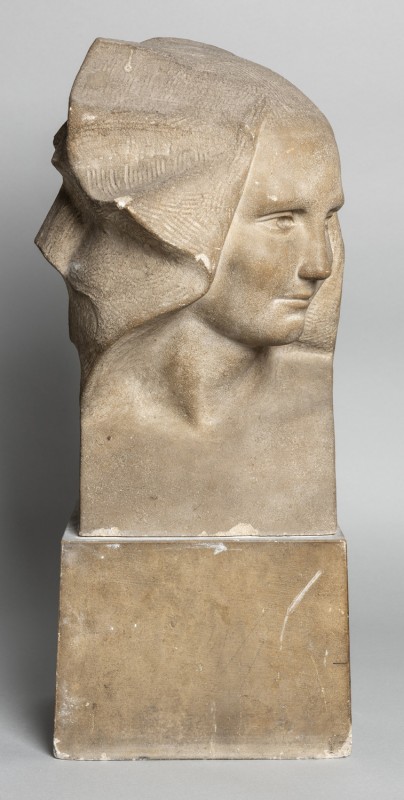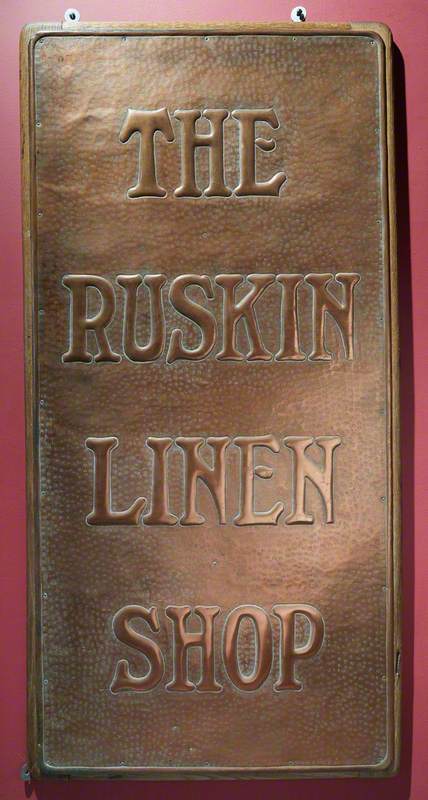Phoebe Gertrude Stabler [commonly known as Phoebe Stabler and as Phoebe McLeish] was born Phoebe Gertrude McLeish in Ingham, Birmingham, England on 14 September 1879 and studied at the School of Architecture and Applied Art, University College in Liverpool (1901-04) and, with the aid of a scholarship, at the Royal College of Art in London. She had made her mark while still a student and reports of her work [under the name Phoebe McLeish] appeared in the American art journals 'International Studio' and 'The Craftsman'.
After completing her studies at the RCA, she remained in London and in 1906, married the craftsman and designer Harold Stabler (1872-1945), who from 1907 to 1932 was head of the arts and crafts department at Sir John Cass Institute in London
In c.1910 she started designing and modelling ceramic figures at the studio in Hammersmith, London, which she shared with Harold Stabler. The figures were subsequently produced Royal Doulton, Royal Worcester, and by Carter, Stabler & Adams in Poole, Dorset, of which Harold Stabler was a partner. Her work for Carter, Stabler & Adams was sometimes produced in collaboration with her sister, Minnie McLeish (1876-1957).
Stabler participated in the exhibitions of the Arts & Crafts Exhibition Society in London in 1906, 1910, 1912, 1916, and 1924. Her work was also shown in the British Arts & Crafts Section at the International Exhibition in Ghent in 1913; in the exhibition Arts Décoratifs de Grande-Bretagne et d'Irlande at the Palais du Louvre in Paris in 1914; and in exhibitions at the New Gallery, Royal Academy, Society of Women Artists, Royal Society of British Artists, Ridley Art Club, Royal Miniature Society, and Grosvenor Gallery in London; the Royal Hibernian Academy in Dublin; the Royal Birmingham Society of Artists; Walker Art Gallery in Liverpool; and at the Royal Glasgow Institute for the Fine Arts. She was elected an associate of the Royal Miniature Society (ARMS) in 1911, a full member of the Royal Miniature Society (RMS) in 1913, and a full member of the Society of Women Artists (SWA) in 1922. She was also a member of the Women's Guild of Arts.
Although Phoebe Stabler is mainly known for her ceramic figures, she was also involved in designing First World War memorials for Rugby School in Rugby, England for Durban in South Africa. In addition, she created concrete sculptures for the Concrete Utilities Bureau's stand at the 1924-25 British Empire Exhibition in London, and a fountain for the Bank of England. Phoebe Stabler died in Hammersmith, London on 6 December 1955.
Text source: Art History Research net (AHR net)











